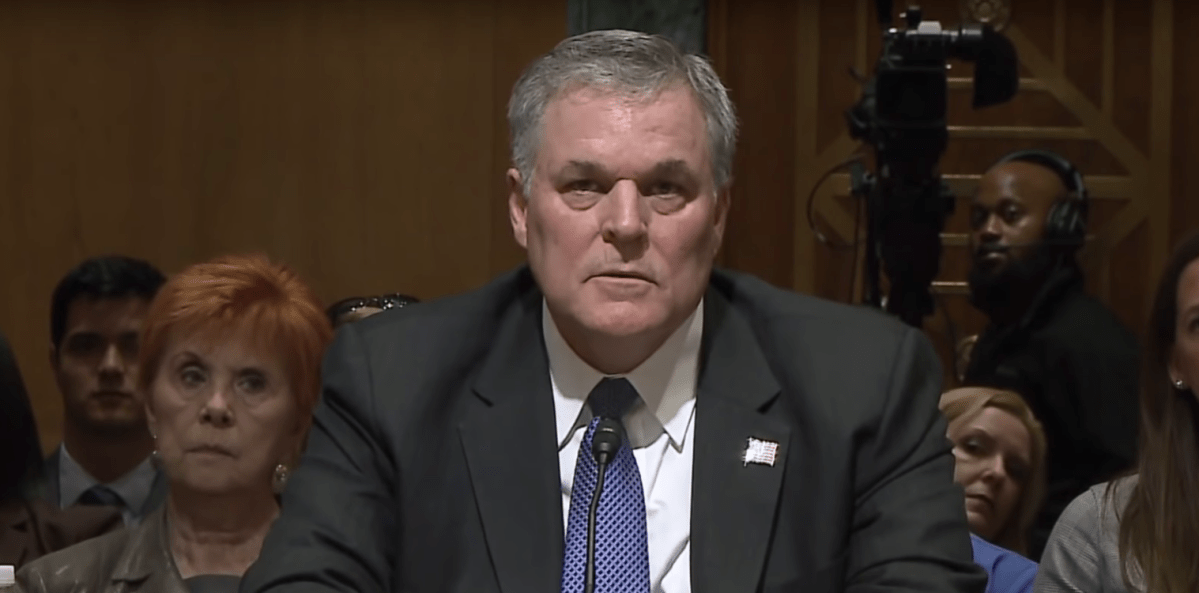IT modernization is a $2B top priority for IRS

IRS Commissioner Charles Rettig cited IT modernization Wednesday as one of his agency’s most pressing priorities in the coming years.
Rettig told the Senate Finance Committee the service has a business plan in place to modernize its IT systems that would cost between $2.3 billion and $2.7 billion over the next six years, starting with $290 million requested in the president’s fiscal 2020 budget proposal.
The IRS’s systems are decades old, and the programming language they depend on is even older, Rettig said. “It’s the code that goes back to the Kennedy administration. The hardware is a bit newer than that.”
The internal tax agency has long sought to modernize its systems, a saga that’s brought back into the spotlight on Capitol Hill every tax-filing season. Last year, a critical outage of IRS’s e-file system caused a massive disruption of Americans looking to file before the annual deadline.
But Rettig testified his confidence in this new business plan, referencing “specific business goals … multiple milestones, significant oversight, [and] various levels of accountability while expanding the analytics to more effectively serve and bring taxpayers into compliance.”
He also painted a picture of IRS’s legacy IT systems that demonstrates just how insecure and overwhelmed they are without any major modern updating.
“They have been patched through the years and IRS systems have been asked to take on more and more tasks,” Rettig explained. “We have about 60 different applications. We have 12,000 or 13,000 servers on 12 mainframes. It’s difficult to continually patch. At some point, we need to replace. And we’re definitely at that point.”
He added, “we’re as well poised as I think we’ve ever been.”
The multibillion-dollar upgrades would occur in two three-year phases, said Rettig, adding that he’s been “significantly involved” in the plan since joining the agency in October.
Ultimately, the modernization would result in better service to American taxpayers, Rettig said. “The current issue we have is our equipment. It’s certainly not the employees, it’s not the dedication or desire or care of the employees. We need to modernize the agency, and when we modernize the agency, I think we’ll be able to deliver real-time, high-quality service to people, whether it’s on the phone, whether it’s online or whether it’s in-person.”
Workforce challenges
Underscoring IRS’s IT modernization needs are its challenges in hiring workers to support those systems.
About 45 percent of the agency’s workforce at large is eligible for retirement in the next two years, Rettig said, and he can’t hire new personnel to replace them fast enough, particularly in the critical functions of IT and cybersecurity.
“There’s 300,000 cyber positions available in our country with a 0 percent unemployment rate,” he said. “We’re competing with all the other entities that you can imagine. Onboarding people is a difficult process outside of that,” as it takes almost a year to bring new personnel onboard.
The IRS commissioner said bringing back streamlined critical pay, which expired in 2017, would “allow us to be somewhat competitive with the private sector,” where Rettig said, “in my prior position if I met somebody on Friday, they could be in the office next to me on Monday.”
Protecting taxpayer information and processing returns is a critical American mission that demands a highly talented workforce, he said. “We receive over 150 million returns a year. We are probably the world’s largest databank. And we receive about 1.4 billion attacks on our system each year,” many of which are “sophisticated attacks from nation-states.”
Rettig applauded his current aging workforce, saying it has done the best it can with the tools at hand.
“I think it’s a tribute to our IT and other folks inside the IRS to the level and extent that we’re operating,” he said. “They delivered not only a seamless implementation of the [2018] Tax Act but also a seamless filing season so far.”




